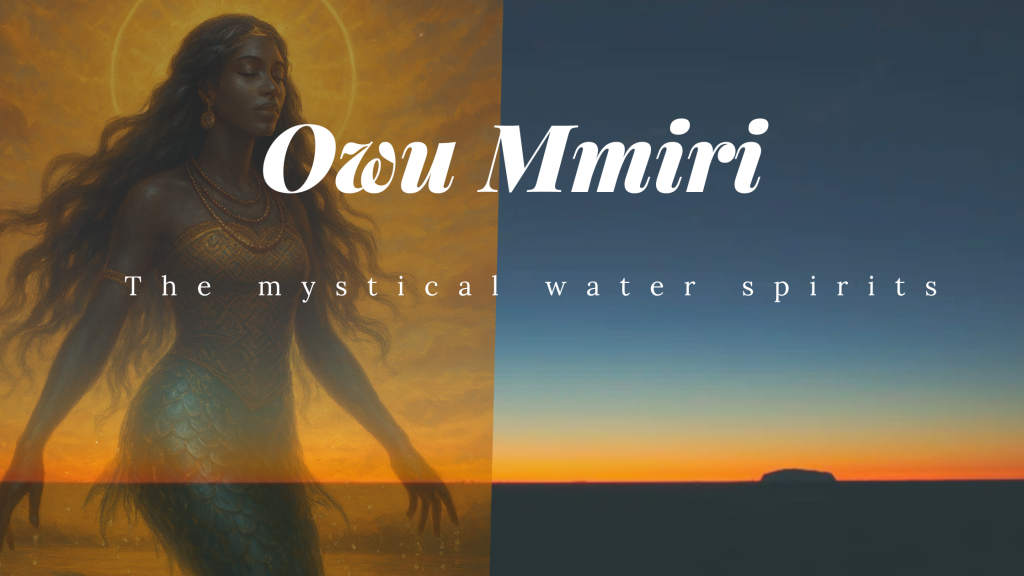“The Journey That Stay With You”
In a world where travel photos can look more like staged magazine spreads than lived experiences, there is something refreshing about the raw, unfiltered reality of exploring a new culture. The feel of new environment, the inquisitiveness associated also that genuine eagerness to explore. These are the excitements you can’t buy in a souvenir shop, and they are the ones that linger long after your return flight. In this article, we will explore why blending cultural immersion, relatable human experiences, and a slower style of travel creates not only better memories, but also richer stories worth sharing.
The Power of Cultural Immersion
When most people plan a trip, they focus on places—the landmarks, the beaches, the “Instagram spots.” But the most transformative journeys are often defined by people and moments, not just postcards. This is where cultural immersion travel changes everything.
Unlike fast-paced tourism, which can skim the surface, cultural immersion invites you to live like a local, even if only for a few days. You start to notice the rhythm of daily life—the morning market rush, the afternoon lull, the way neighbors gather at dusk.
This type of travel does more than create personal memories. It supports sustainable tourism by channeling resources directly into local communities, preserves traditions that might otherwise fade, and builds mutual respect between visitors and residents.
Pro Tip for Travelers: If you want a genuine cultural connection, skip one tourist attraction and replace it with an activity led by locals—like a cooking class, weaving workshop, or community festival. Not only will you leave with a skill or story, but you will also contribute to the cultural and economic fabric of the place.
Why Relatable Moments Resonate
Let’s be honest no one bonds over a perfectly planned, flawless trip. It is the relatable travel moments that stick in our minds and make the best stories later.
Sometimes, these moments are tied to powerful cultural experiences—like my first encounter with a masquerade festival in Nigeria. I had been invited to what I thought was a casual street parade, only to find myself in the middle of a sea of drummers, dancers, and towering masked figures. Suddenly, an Eyo masquerade, draped in flowing white robes, glided toward me, its tall hat swaying to the beat of its staff tapping the ground. I froze—not out of fear, but from the sheer intensity of the moment. It was both theatrical and deeply spiritual.
Masquerades like Eyo, Ekpe, and Agaba are more than visual spectacles—they are cultural storytellers, keepers of tradition, and in many communities, symbols of ancestral presence. Experiencing them up close is unforgettable, and often humbling. For a traveler, these encounters remind you that some traditions are not just observed—they are felt.
Pro Tip for Storytelling Travelers: Keep a short daily journal while you travel. Record the small mishaps, the unexpected traditions—like a masquerade you stumble upon and the moments that made you laugh or gasp. These will become your richest memories and your most engaging blog posts.
Top Cultural Masquerades You Should See
Ijele Masquerade
Ijele is a special and most popular Igbo masquerade and the largest mask system ever to enter the history of the world masking tradition. Ijele has its origin from the norther part of Igbo land (Anambra and Enugu State, Nigeria). known as the biggest Masquerade in Sub-Saharan Africa, Ijele was listed in the UNESCO Archives as an intangible cultural element in need of urgent safeguarding.
Ijele masquerade is the King of all Masquerades and as such has 45 different other masquerades perform on top of it in the olden days. Presently, the 45 masquerades are represented by the 45 figurines seen on top of Ijele. The myth and size of Ijele is wholesome as every aspect of life is depicted on Ijele. It is the climax of all masquerades hence performs alone and mostly last.

Izaga:
Izaga is the tallest of Igbo masquerades, The Ịzaga masquerades have the ability to grow very tall and also make itself short, Izaga is an entertainment masquerade that comes out during traditional ceremony or festivals for the sole aim of entertaining the spectators.

Ulaga:
Ulaga is a popular Igbo masquerade although not often seen as the ulaga masquerade comes out occasionally mostly during funerals of titled men to pay its last respect or during any event organised in honours or in acknowledgement of someone’s importance in a community.

Oloolu:
This masquerade is particularly known for its distinctive outfit, featuring a pyramid-like structure made of various clothes and a net, with a woman’s skull as its crown. It is associated with the Oloolu festival in Ibadan, which is believed to bring blessings to the land. Women are traditionally forbidden from looking directly at the Oloolu masquerade.

Agaba:
The Agaba masquerade as a character is that of a warrior represented in its name that literally connotes “lets go”. The Agaba major attribute is warrior-like prowess, which specializes, in ritual manifestations. The chanting that accompanies the Agaba cut across ethnic dialects and cultures among the Igbos. The Agaba Masquerade is one of the most revered and powerful masquerades in Igbo culture, known for its fierce appearance and significant spiritual and social roles. It is prevalent in several Igbo-speaking regions, particularly in Anambra, Enugu, and parts of Delta State, where it is deeply embedded in the cultural identity of the people.

Egungun:
Egungun is a Yoruba traditional masquerade danced once a year to call forth and pay respect to the ancestral dead, who reenter the community through these costumes. The Egungun festival is primarily celebrated in Oyo State, Nigeria, particularly in Ibadan. It’s a significant cultural event in the Yoruba tradition, honoring ancestral spirits. While the festival is widely celebrated across Yorubaland, Oyo State, especially Ibadan, is known for its vibrant and prominent Egungun celebrations, including the World Egungun Festival.

There are other masquerades with their times/season of display. check them out
Why I Think Cultural Travel Wins
In a world obsessed with “doing it all” in as little time as possible, Cultural travel is a quiet rebellion. It is about staying long enough in one place to learn the rhythm of daily life. When you travel slowly, you don’t just pass through culture, you live it. You become part of the morning market routine, you recognize familiar faces, and sometimes, you are invited into experiences tourists rarely see. This depth of connection not only makes your trip more meaningful but also provides richer stories for you.
From a sustainability perspective, cultural travel reduces environmental impact and supports local economies more meaningfully. Instead of spreading your budget thin across chain hotels and mass attractions, your money goes directly to community businesses.
By embracing cultural immersion, seeking out relatable human moments, and adopting a slower pace of travel, you create stories that stay with you. So, the next time you plan a trip, leave room for the unpredictable. Attend that festival you’ve never heard of, try that dish you can’t pronounce, and linger in a place long enough to feel its heartbeat.
Your Turn:
What’s your most unforgettable cultural travel moment? Share it in the comments…..your story might just inspire someone else’s next great adventure.



